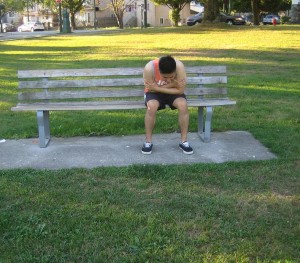Cervical dystonia is considered as a painful condition known for the involuntary contraction of the neck muscles that causes the neck to turn, flex or tilt in an abnormal manner. The condition is rare since it usually occurs among middle-aged women but can also occur in any age, including infancy. The symptoms of the condition can range in severity from one individual to another, usually intensifying over time and then eventually stabilizes.
Pain
The spasms along with the abnormal neck and head posture can lead to mild to severe discomfort. Many individuals suffering from cervical dystonia can also experience neck pain that radiates to the shoulders. Oftentimes, the pain can be severe that it can lead to disability or severe exhaustion. Additionally, even painful headaches can also occur. By enrolling in a first aid class, you can learn pain management measures to perform.

Spasms and rotation of the head
Cervical dystonia can cause spasms that can start abruptly or steadily increase in intensity over time. It is important to note that spasms in some or several of the neck muscles typically manifest on one side of the body, causing the neck to bend on the involved side while the head rotates to the other side. Torticollis develops once the head rotates in a horizontal manner. The head can also tilt laterally, backward or forward so that the chin or ear moves towards the shoulder or the chin can move straight up or down. Take note that these movements can occur independently or together and some can also experience the jerking motion of the head. The movement of the chin to the shoulder is commonly experienced by those who have cervical dystonia. Additionally, the muscle spasms tend to subside at nighttime when the individual sleeps.
Anxiety and depression
Severe depression linked with a substantial increase in pain and physical symptoms. Both depression and anxiety were the reliable predictors of mental and physical quality of life among those with cervical dystonia. Even though pain and disability can lead to depression, the negative thoughts linked with depression can worsen the physical symptoms, thus it is vital to report any psychological symptoms to the doctor.
Other physical symptoms
Cervical dystonia typically progresses for 1-5 years before a plateau is reached. A small percentage of individuals with the condition can recover within 5 years while others can suffer from persistent symptoms.
The constant muscular contractions can lead to inflammation of the muscles and tissues in the neck area, resulting to nerve compression. The compression can lead to pain and numbness or tingling in the arms, fingers and hands. Always bear in mind that the symptoms of cervical dystonia can also develop in other parts of the upper body including the trunk, arms, face and jaw. Additionally, limited movement and permanent deformities on the posture can also occur.
